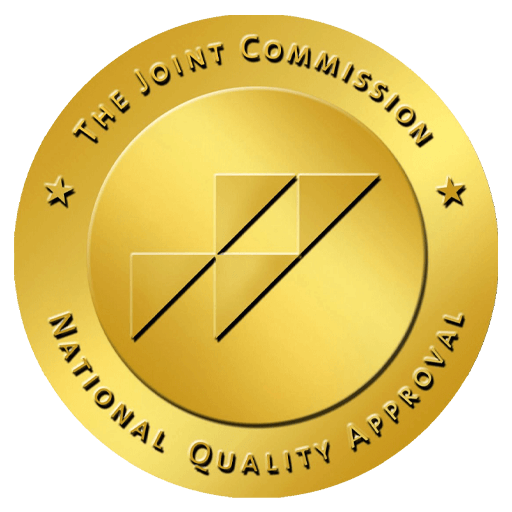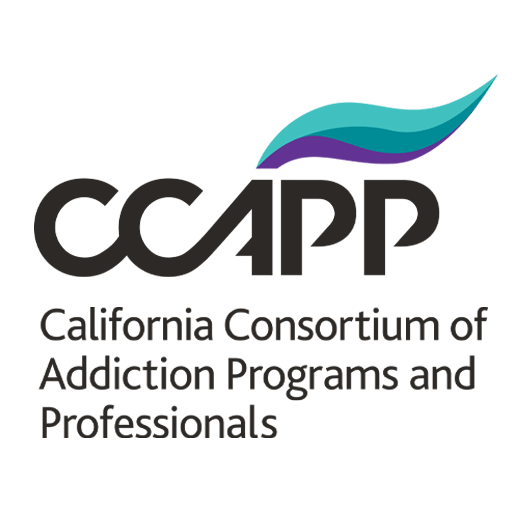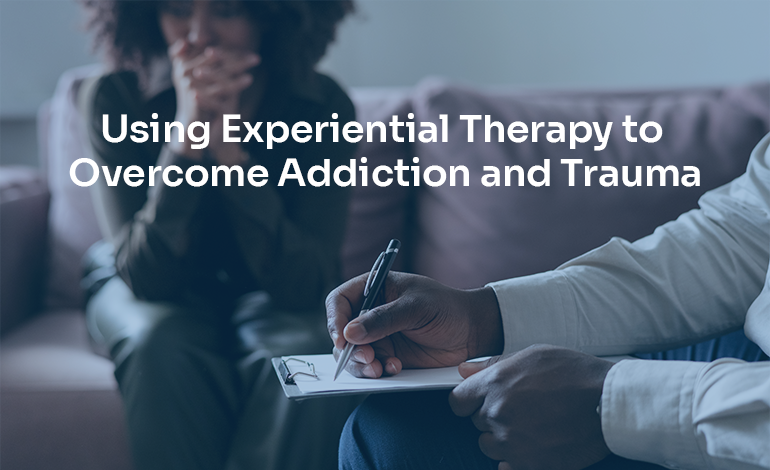Healing from addiction and trauma often feels like navigating a maze with no clear path forward. Traditional talk therapies, while valuable, may not fully address the deep-seated emotional wounds and behavioral patterns fueling these struggles.
This is where experiential therapy comes in, a dynamic and immersive approach that goes beyond words to help individuals confront, process, and heal from past pain. This innovative method empowers participants to tap into emotions, memories, and perspectives they may not even realize are holding them back. But how exactly does it work, and why is it so effective?
Let’s delve into the transformative world of experiential therapy and its role in overcoming addiction and trauma.
What is Experiential Therapy?
Experiential therapy is a therapeutic approach that uses active and engaging techniques to help individuals process emotions, reframe experiences, and gain insights. Unlike traditional talk therapy, which focuses on verbal expression, experiential therapy leverages activities such as art, music, role-playing, and physical movement to access feelings and memories stored in the subconscious.
Key components of experiential therapy include:
- Holistic Engagement: Combining physical, emotional, and cognitive experiences to foster self-awareness.
- Interactive Techniques: Encouraging participants to “live” through scenarios rather than just talk about them.
- Creative Expression: Using non-verbal mediums like art or drama to explore inner conflicts.
This hands-on approach allows individuals to connect with suppressed emotions and uncover the root causes of their struggles, paving the way for meaningful healing.
The Connection Between Trauma, Addiction, and Experiential Therapy
Addiction and trauma are often intertwined. Traumatic experiences can leave lasting scars, leading individuals to turn to substances or harmful behaviors as coping mechanisms. Similarly, addiction itself can create traumatic situations, perpetuating a cycle that feels impossible to escape. Experiential therapy addresses this by:
- Reprocessing Traumatic Memories: By reenacting or visualizing traumatic events in a controlled setting, individuals can confront their pain safely.
- Fostering Emotional Release: Engaging in physical or creative activities allows participants to release pent-up emotions.
- Building Resilience: Role-playing or team activities encourage problem-solving, trust-building, and emotional strength.
Techniques Used in Experiential Therapy
Experiential therapy offers a range of dynamic techniques, each carefully designed to cater to an individual’s specific needs and challenges. These methods aim to provide a more engaging and effective therapeutic experience than traditional talk-based approaches. Here are some of the most widely used techniques:
1. Role-Playing and Psychodrama
Role-playing and psychodrama involve acting out scenarios that reflect unresolved conflicts, traumatic events, or challenging situations. This approach allows participants to gain clarity by stepping into the roles of others or exploring their own experiences from different perspectives.
By engaging in these reenactments, individuals can process emotions, achieve closure, and develop empathy for themselves and others. This method is especially effective in helping participants understand relational dynamics and heal interpersonal wounds.
2. Art Therapy
Art therapy encourages individuals to use creative mediums like painting, drawing, or sculpting to express emotions and thoughts. This non-verbal outlet is particularly beneficial for those who struggle to articulate their feelings in words.
Engaging in art allows participants to explore deep-seated emotions in a safe and reflective manner. The process often leads to insights that promote healing, self-discovery, and a sense of accomplishment.
3. Equine-Assisted Therapy
In equine-assisted therapy, participants interact with horses through activities like grooming, feeding, or leading them. This unique approach fosters a sense of trust, responsibility, and emotional connection.
Horses are sensitive to human emotions, providing instant feedback that helps individuals become more aware of their feelings and behaviors. This therapy is especially effective in building confidence, improving emotional regulation, and reducing anxiety.
4. Adventure Therapy
Adventure therapy involves outdoor activities such as hiking, rock climbing, or team-building exercises. These activities challenge participants to step out of their comfort zones, face fears, and overcome obstacles.
The physical nature of adventure therapy promotes resilience, personal growth, and a sense of accomplishment. It also teaches participants valuable skills like problem-solving, teamwork, and perseverance, which can be applied to their recovery journey.
5. Music Therapy
Music therapy uses the power of sound and rhythm to explore emotions and memories. Participants may engage in singing, playing instruments, or simply listening to music as a means of self-expression.
This technique is effective in reducing stress, enhancing mood, and creating a sense of emotional release. Music therapy also helps individuals connect with their inner experiences and find joy in the healing process.
Benefits of Experiential Therapy for Addiction and Trauma Recovery
The unique approach of experiential therapy offers numerous advantages that traditional methods may not achieve. By engaging individuals in immersive and hands-on activities, it creates opportunities for profound emotional, psychological, and relational growth. Here’s a closer look at some of its most impactful benefits:
1. Deeper Emotional Exploration
Experiential therapy enables participants to access and process deeply suppressed emotions. These emotions, often buried due to trauma or addiction, can be safely explored in a supportive and non-judgmental environment.
Through creative or physical activities, individuals can confront feelings they might have avoided in traditional therapy settings, paving the way for healing and emotional freedom.
2. Improved Self-Awareness
Participating in experiential activities fosters a deeper understanding of how thoughts, emotions, and behaviors are interconnected. This heightened awareness encourages individuals to reflect on their personal strengths and areas where growth is needed.
As they engage in therapeutic activities, they gain clarity on the patterns influencing their decisions, equipping them with insights that promote positive change.
3. Enhanced Coping Skills
One of the key benefits of experiential therapy is its ability to build practical coping mechanisms. Techniques like adventure therapy or role-playing provide individuals with opportunities to practice problem-solving, emotional regulation, and resilience in real-time scenarios.
These skills prepare them to navigate future challenges with greater confidence and adaptability, reducing the risk of relapse or emotional overwhelm.
4. Breaking Negative Patterns
Experiential therapy provides a safe space to reenact situations or creatively explore emotions, helping participants identify and interrupt harmful cycles of thought and behavior. By examining these patterns in an active, hands-on way, individuals gain the tools to replace negative habits with healthier ones, fostering long-term recovery and emotional well-being.
5. Strengthened Relationships
Group activities in experiential therapy help participants build trust, improve communication, and foster meaningful connections with others. These interactions encourage empathy and understanding, which are crucial for repairing strained relationships.
Whether it’s through team-building exercises or shared therapeutic experiences, participants learn to create and sustain supportive, healthy relationships.
Integrating Experiential Therapy into Treatment Plans
Experiential therapy is often used alongside traditional methods like cognitive-behavioral therapy (CBT) and medication management. This integrated approach ensures that all aspects of recovery are addressed, including the emotional, cognitive, and physical dimensions.
- Personalized Treatment:
- Therapists assess individual needs and tailor experiential activities accordingly.
- Combines experiential techniques with talk therapy for comprehensive care.
- Group vs. Individual Sessions:
- Group settings allow participants to build connections and learn from others.
- Individual sessions focus on personal challenges and goals.
- Aftercare and Continued Support:
- Experiential activities can be incorporated into long-term recovery plans.
- Encourages ongoing personal growth and emotional resilience.
By blending experiential therapy with other treatment modalities, individuals receive holistic support on their recovery journey.
Conclusion
Experiential therapy offers a refreshing and transformative approach to healing from addiction and trauma. By engaging individuals in dynamic, hands-on activities, it helps them confront their pain, build resilience, and develop healthier coping mechanisms.
Whether through art, adventure, or role-playing, experiential therapy empowers participants to break free from the chains of their past and embrace a brighter, more fulfilling future. For anyone seeking an innovative path to recovery, experiential therapy stands as a beacon of hope, promising not just healing but the rediscovery of joy and purpose.















